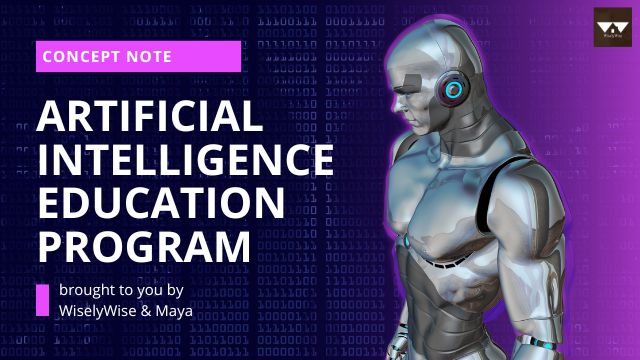
Concept Note on AI Education Program
CONCEPT NOTE: AI Education Program
Background
This Concept Note on our AI Education Program provides details on the Why,What,How of rolling our the right education program to train your teachers and students.
65% of Students in School will enter into jobs that don’t exist today. 42% of Core Skills in all jobs will be replaced by AI. There is also the longstanding concern about the low rate of female participation in science, technology, engineering, and mathematics (STEM) studies and consequently STEM careers.
AI Skilling will be a key enabler for the attainment of the 2030 Agenda for Sustainable Development. AI is impacting all aspects of society, from how we learn to how we drive to healthcare innovations. AI will enable applications and processes to get smarter thus increasing the benefit to society. According to an Accenture analysis, “AI has the potential to add US$957 billion, or 15 percent of current gross value added, to India’s economy in 2035. To avoid missing out on this opportunity, policymakers and business leaders must prepare for, and work toward, the AI revolution. While AI Technologies are Transforming Societies worldwide, the Lack of AI Skills is the number one challenge this Transformation faces. A Digital Divide is fast developing between the Haves and the Have-nots, which needs to be urgently bridged. To achieve AI’s potential, both boys and girls, men and women need equal access to AI education and careers.
WiselyWise understands that the clear solution for bridging this gap can be found in our schools and colleges as well as corporations through Skilling programs. This Concept Note on AI Education Program underscores the fact that the need of the hour is to educate students at an early age about how to be creators of AI, not just consumers of AI. Our Research has shown that the existing STEM programs that focus on coding and robotics fall quite short in the AI Education Space. We have been actively creating AI Courses embracing tools and curricula that teach the full complement of AI concepts to truly prepare students for AI career success, such as visual recognition, landmark-based navigation, object manipulation, facial recognition and expressions, speech generation, and speech recognition. WiselyWise is also actively investing and creating Teacher-focused solutions that remove barriers of time, cost, and adoption friction, which often stand in the way of embracing AI.
Purpose of the AI Education Program
The overall purpose of the AI Education Program is to make the case for strengthening students’ education in AI subjects via age-appropriate Courses, and ultimately bring equality of access to quality education and careers. The program will help educational institutions move quickly towards developing multiple generations of AI Students, empowering them for Success in AI-run global economies.
Concept Note AI Education Program:Expected outcomes
- Students will gain requisite knowledge & and skills for the AI Future
- Students will become proactive in using AI for Societal benefit
- Students will be able to design, develop, and demonstrate their AI Projects
- Schools become self-sustaining in delivering AI Education for generations of learners
- Increases the ROI for Corporate Sponsors
Concept Note AI Education Program: Duration and Format
The AI Education Program will be conducted for one year with an option to extend for 2 more years. It will cover all students from Grade 3 to Grade 12 (Grade 3 to High School) and will be delivered in a Phygital/hybrid mode. WiseCentral Platform & and age-appropriate courses will be used for self-study by the students and the teachers will conduct classes in school. The Teachers will be trained by WiselyWise through a two-day workshop and given access to a How to Teach AI online course which consists of Lesson Plans, Rubrics, and Assessments.
- Online learning where students will access the courses on WiseCentral and study in multi-media formats in an engaging mode comprising of MCQs, Quizzes, and Assignments.
- Hands-on learning where students access Maya to learn applications of AI in daily life, complete a Digital Portfolio deck, and do Coding.
- Community-based learning provides the opportunity for students to complete joint projects, participate in discussions, conduct experiments along with family and friends, present their projects

Target Area and Beneficiaries
WiselyWise can conduct programs consisting of a minimum of 1 School and above, with a minimum of 15 students in each batch.
For Governments, Corporate Sponsors, School Districts, and School Chains, WiselyWise has the expertise to implement this AI Education Program up to 200 Schools and up to 20,000 students across multiple geographical areas in the same timezone across the Academic Year.
Between 150-250 teachers can be trained with backgrounds ideally in Computer Science, Maths, and Sciences and this can also include Volunteers from the Sponsor organization.
Participation will be by invitation only. Nomination can be done by the Sponsor and will be based on: participant profile, gender, and geographical representation, to ensure a balanced audience.
Concept Note AI Education Program Approach
WiselyWise will provide a Comprehensive AI Education Program covering the objectives of the Sponsors and outcomes desired for the Students and comprises the Modular Components below.
- Access to Maya, your Personalized Generative AI Tutor for Teachers and students
- Access to WiseCentral AI Learning Platform
- Curriculum aligned to International Standards and meeting Local requirements
- Age-appropriate Courses
- Professional Development for Teachers
- Hybrid Training Option – Physical & Online
- Assignments, MCQs
- Capstone Project
- Assessment
- Digital Certificate
- Impact Assessment (with Partner)
- FREE Content Updates
Budget
The budget will be dependent on the total nominated schools, students, teachers, volunteers, and years of implementation.
Monitoring
The program will be monitored by the WiselyWise team using the WiseCentral platform tracking engagement, completion, and certificate. The Reports are submitted to the Sponsor and other Stakeholders on a Monthly basis for Interventions as required. WiselyWise will provide the necessary Templates for sharing with Parents and Schools per Program definition.
Satisfied Customer Statistics:
Corporates: 20+
Government: 5+
Universities/Colleges: 100+
CSR/Foundations: 10+
Schools: 200+
AI Education Program Deck
WiselyWise has impacted 500+ Schools and Colleges, 250+ Teachers, and more than 50,000+ Students globally via its’ Education Programs. We have invested in Courses across 5 Regional Languages, signed MoUs with Global AI Leaders and Research organizations, and rolled out Technology Platforms in a vendor-neutral approach.
Please contact us for the Comprehensive AI Education Program Deck and Successful Case Studies.
Contact information:
Chandra Kumar
Founder & CEO
WiselyWise Singapore
Email: cxo@wiselywise.com
WhatsApp/Mobile: +65-8268 4140
#Maya #Education #EdTech #Teachers #Educators #LearningRevolution #ai #artificialintelligence #students #learning #classroom

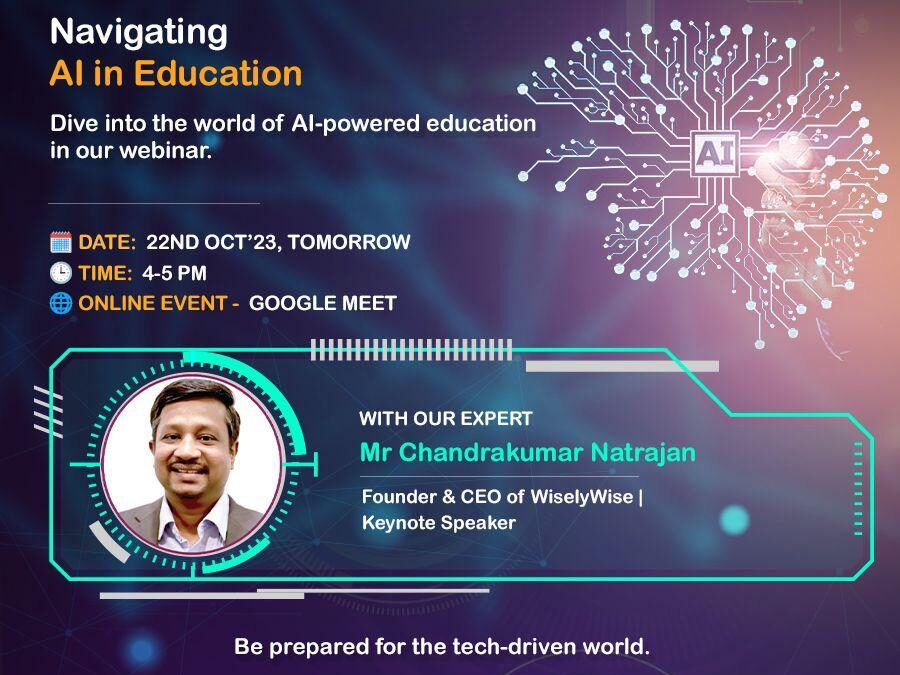
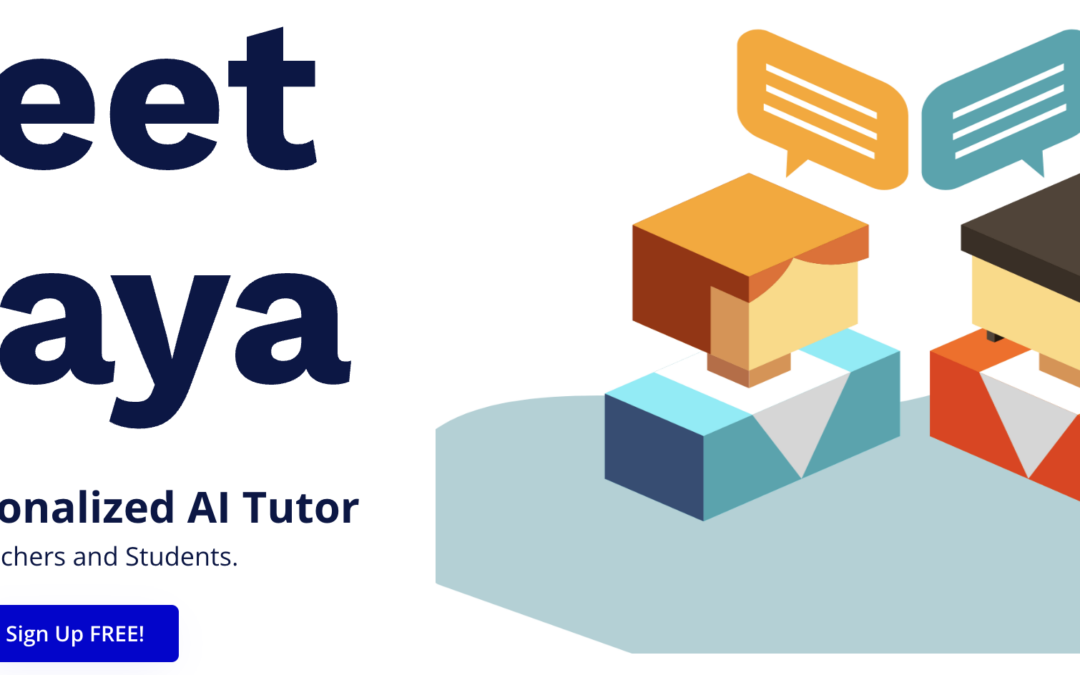

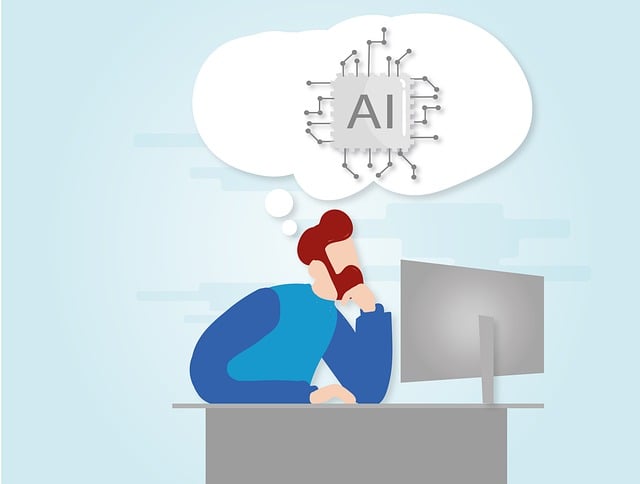
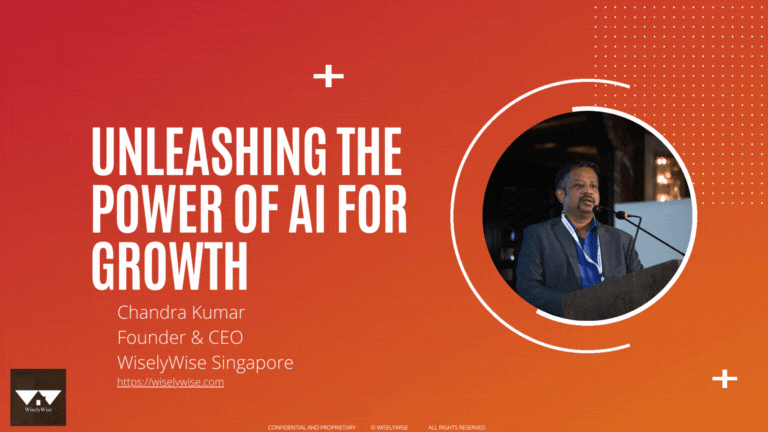
Recent Comments